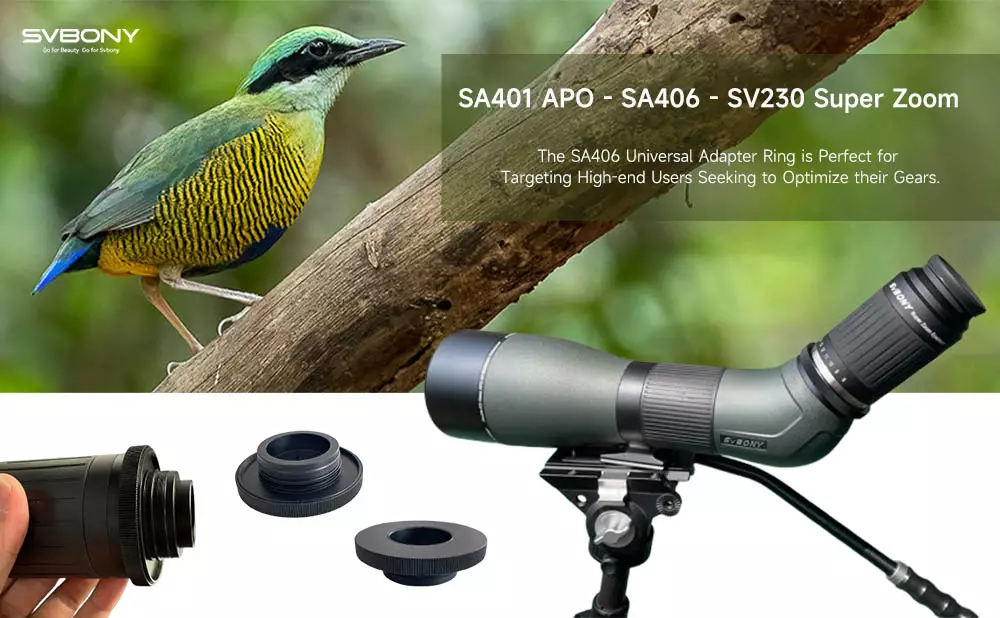Total Lunar Eclipse 2025
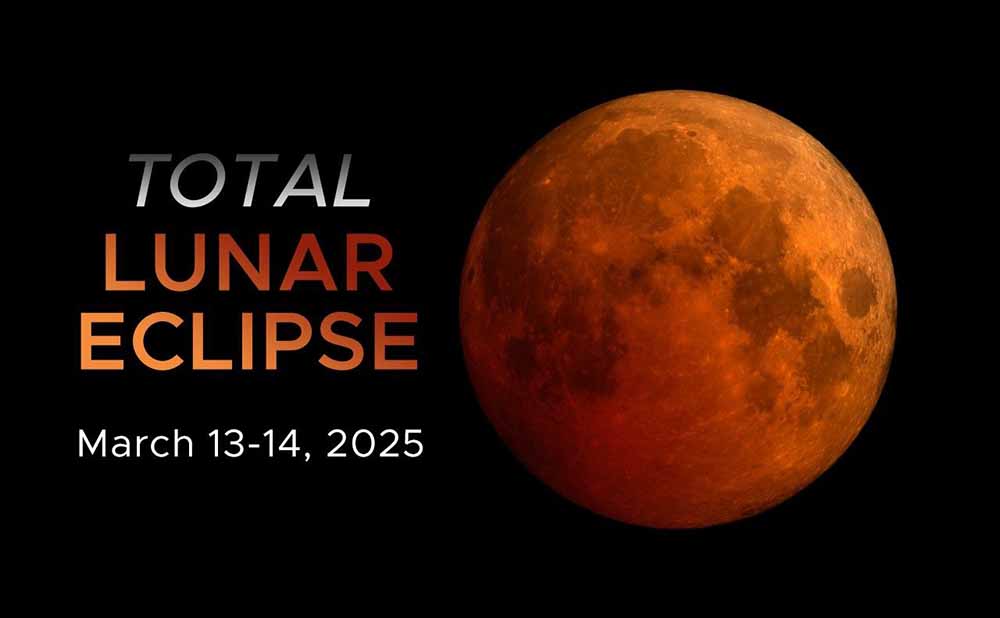
Total Lunar Eclipse 2025
Lunar eclipses are global events that occur at the same time for everyone.
What is a lunar eclipse?
A lunar eclipse occurs when the Sun, Earth, and Moon align so that the Moon passes into Earth’s shadow.
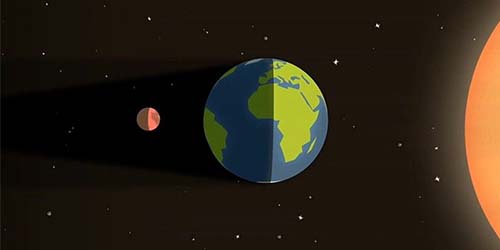
In a total lunar eclipse, the entire Moon falls within the darkest part of Earth’s shadow, called the umbra. When the Moon is within the umbra, it appears red-orange. Lunar eclipses are sometimes called “Blood Moons” because of this phenomenon.
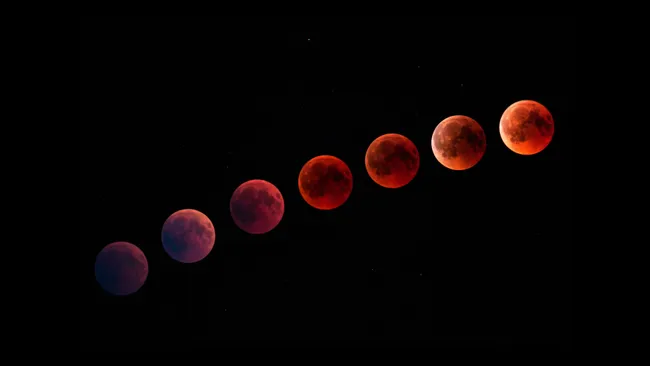
Total lunar eclipse March 2025
The Blood Moon Solar Eclipse will shine in the night sky early this year on March 14, which happens to be Pi Day. The celestial spectacle occurs when the Earth is perfectly positioned between the Sun and the Moon, and the Moon's surface takes on a deep red color. The total lunar eclipse will last 3 hours and 38 minutes, with the blood moon phase lasting 1 hour and 5 minutes, beginning at 2:36 a.m. EDT. Viewers in the Americas, Antarctica, Alaska, northeastern Russia and parts of Africa will have a front-row seat to this mesmerizing event.
This will be followed by another blood moon on September 7th. There will be a spectacular 82-minute-long total lunar eclipse - the surface of the moon will be entirely red. This is the longest total lunar eclipse since 2022. The total lunar eclipse will be visible from Australia, Asia, Africa and Europe at 17:30 UTC.
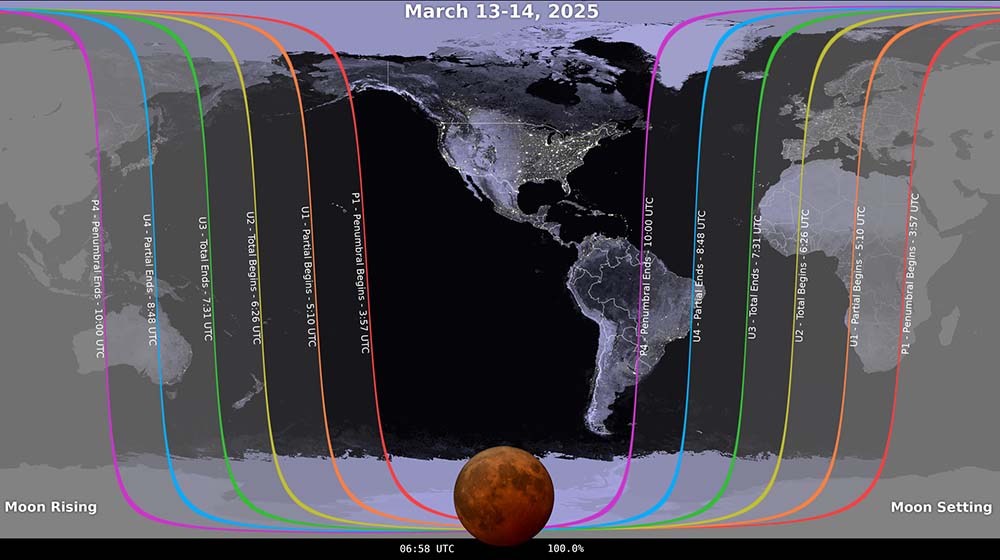
The spectacular 65-minute-long total eclipse (when the entire surface of the Moon will be red) will occur between 06:26 and 07:31 on March 14, 2025 from 03:57 to 10:00 UTC.
Local times in North America are:
2:26 to 3:31 a.m. EDT on Friday, March 14, 2025
1:26 to 2:31 a.m. CDT on Friday, March 14, 2025
12:26 to 1:31 a.m. MDT on Friday, March 14, 2025
11:26 p.m. PDT on Thursday, March 13, 2025, to 12:31 a.m. on Friday, March 14, 2025
10:26 p.m. to 11:31 p.m. AKDT on Thursday, March 13, 2025
8:26 p.m. to 9:31 p.m. HST on Thursday, March 13, 2025
The totality begins from time zones in Europe:
6:26 a.m. GMT on Friday, March 14, 2025 (just before sunrise)
7:26 a.m. CET on Friday, March 14, 2025 (just before sunrise)
These are total eclipse times only. However, it is worth looking at the moon 75 minutes before these times to see the Earth's shadow across the lunar surface during a partial eclipse.
In Europe, only those in Ireland, Portugal, the western regions of the U.K., western and central Spain, and northwestern France will see anything of totality. However, a partial lunar eclipse will be visible from other parts of Western Europe, as well as from Central Europe, just before the moon sets.
How to observe the eclipse?
You can observe a lunar eclipse through the naked eye, while using a binocular or a telescope will enhance the view. Additionally, choose a total dark environment away from artificial lights can make viewing conditions perfect.
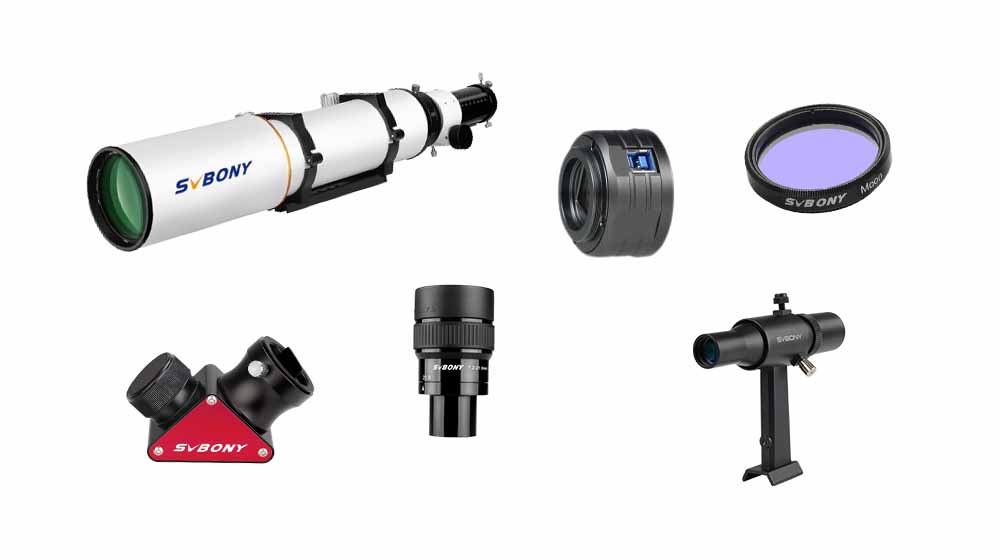
Here we recommend SV503 102ed refractor telescope set for lunar viewing.
-SV503 102ed f/7 Refractor Telescope OTA
-SV188P 1.25" 99% Dielectric Mirror Diagonal
-SV182 6x30 Correct-Image Straight Metal Star Finder
-SV191 7.2-21.6mm Zoom Eyepiece
If you prefer to photography rather than observation, you will need a planetary camera such as SV305C IMX662 or SV705C IMX585.
A lunar eclipse isn’t the easiest phenomenon to capture. So, we’d recommend practicing with other night sky photography before an moon eclipse to be comfortable with shooting.





